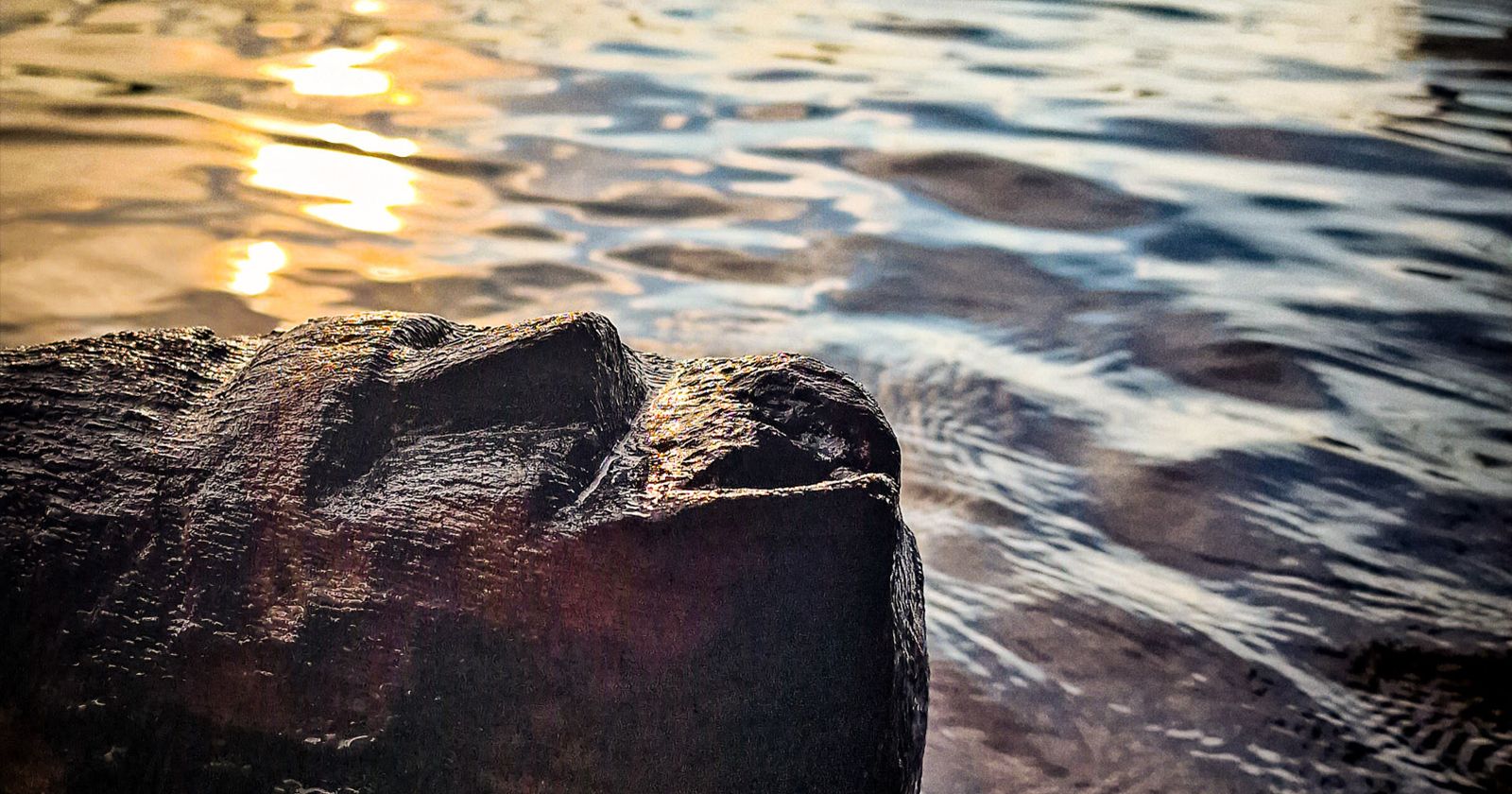 Humanities and arts
Humanities and arts
Face from the lake
A carefully crafted structural beam, known as a “hook," on which a human face was carved, was discovered by archaeologists from Nicolaus Copernicus University during underwater research in Lake Lednica. The face has very realistic features: visible are the eyes, nose, mouth, a characteristic chin, and the oval shape of the head.
The face is approximately 12 cm high and 9 cm wide. It is not a miniature figurine but a full-sized architectural element whose function went beyond purely structural purposes. The way the wood was worked and the expression of the face indicate that it was not a simple decorative motif. It is possible that the depiction had symbolic meaning – as an image of a deity, a protective spirit, or a hero guarding the settlement's inhabitants.
“This discovery not only evokes admiration for the craftsmanship from over a thousand years ago but also opens a fascinating discussion about the spiritual life of early medieval Slavs," says Dr. Andrzej Pydyn, NCU professor, director of the Centre for Underwater Archaeology at Nicolaus Copernicus University in Toruń.
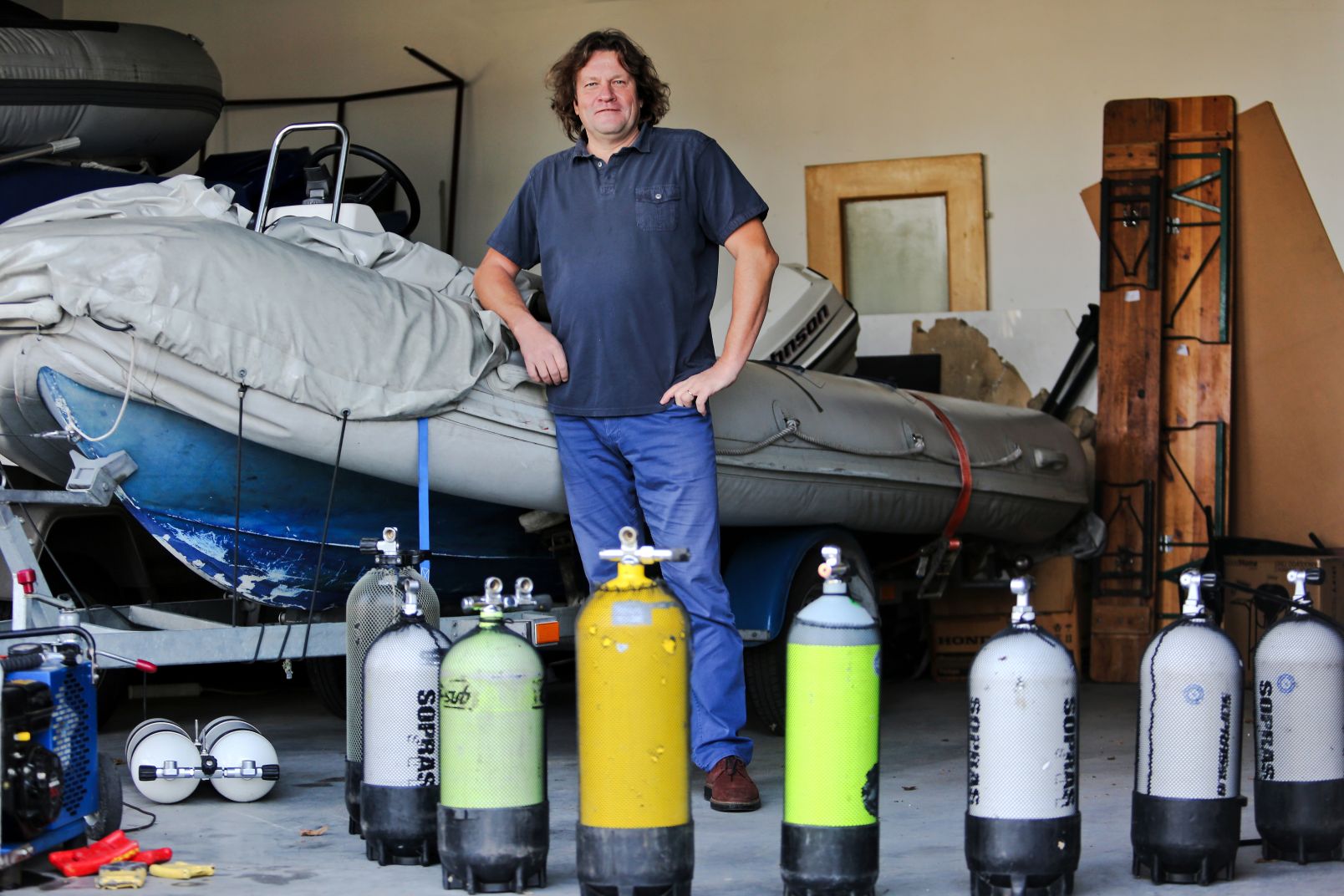
Andrzej Romański
The wooden beam, marked with the number 353, originally formed part of the settlement's defensive rampart. The dendrochronology laboratory of Professor Marek Krąpiec estimated the year in which the tree used for this element was felled as 967. The face appears on one of the surfaces of the beam, at the point where a branch forks off.
In the material culture of the Slavs, figural anthropomorphic representations may have been much more common than the number of preserved artefacts suggests," explains Konrad Lewek, MA, from the Centre for Underwater Archaeology at Nicolaus Copernicus University. “Wood decomposes quickly, which is why such objects have survived only in exceptional conditions, such as wetlands or underwater environments. The beam from Lake Lednica, perfectly preserved in the rampart landslide, is therefore a unique object of exceptional scientific and cultural value."
Similar depictions of faces have previously been discovered in places such as Wolin, Novgorod the Great, and Staraya Ladoga. The artefact most stylistically similar is the four-faced figurine from Wolin, dated to the 9th century, made with similar simplified features – a triangular chin, straight nose, and schematic depiction of eyes and eyebrows. This consistency in detail strengthens the supposition that the Lednica beam represents a local artistic and spiritual tradition rather than the influence of Scandinavian or Rus culture, as previously suggested.
The discovered face on the hook may have had an apotropaic function – warding off evil forces and protecting the settlement's inhabitants. Such representations are known from other Slavic strongholds and settlements, where figurines, statues, and boards with human and animal faces have been found embedded in walls, fences, and even temple walls. Examples include the zoomorphic figurine from Gniezno or carved boards from Żółte, Kołobrzeg, Ralswiek, and Wrocław.
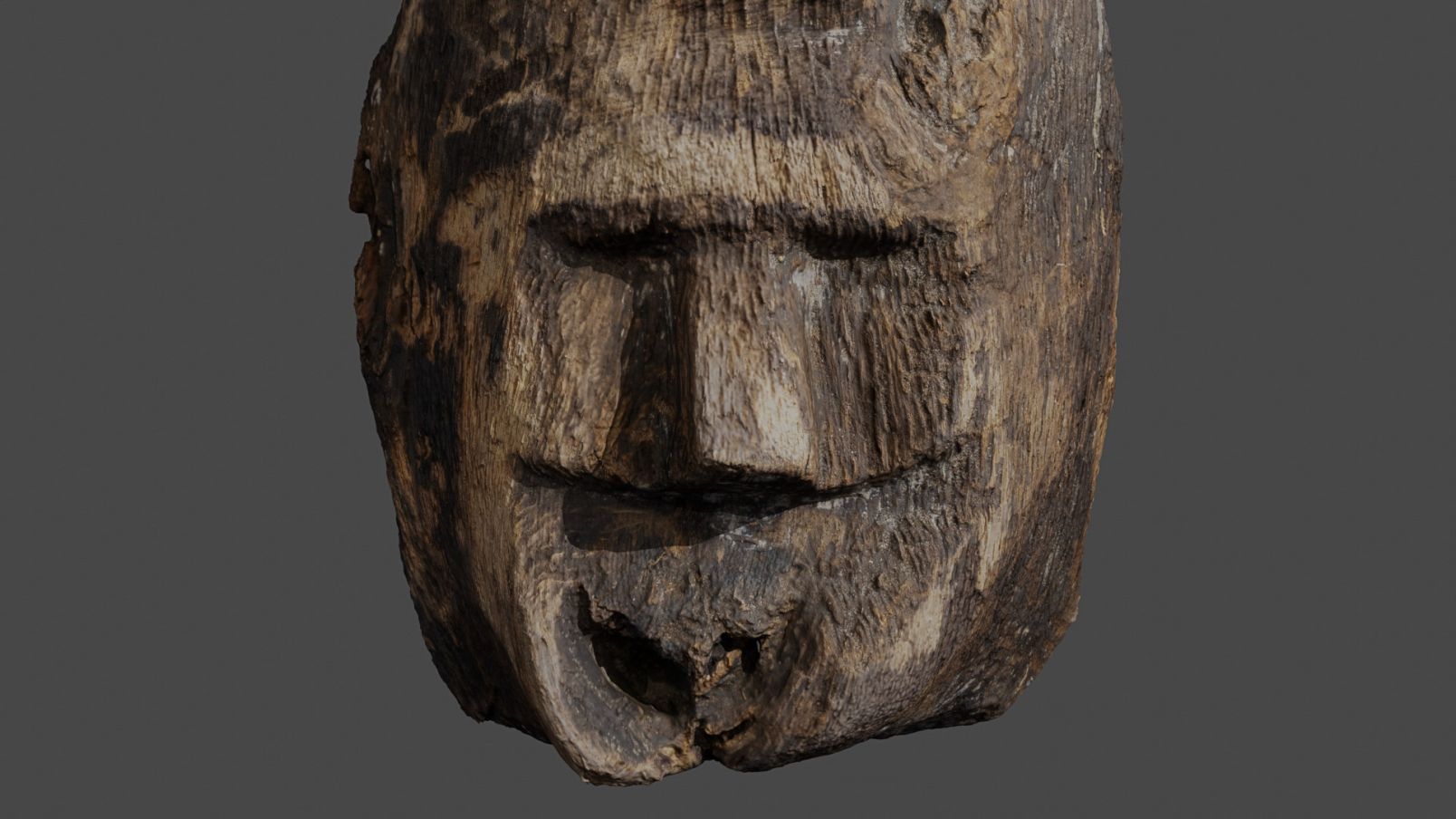
Mateusz Popek
“The find from Lednica fits into the broader context of protective magical practices known from Slavic territories," says Dr. Mateusz Popek from the Centre for Underwater Archaeology at Nicolaus Copernicus University. “Sometimes in defensive ramparts we also find animal bones, particularly horse jaws and skulls, which may indicate the ritual offering of protective sacrifices. In Ostrów Lednicki, remains of a horse were even discovered placed under one of the houses, as well as a fragment of a golden amulet case with a depiction of a horse at the base of the rampart, which may also point to the ritual character of these practices."
Professor Pydyn adds that if we assume that the face from Ostrów Lednicki had a protective or sacral function, we must revise the current approach to assessing the material traces of Slavic spirituality. These were not only monumental statues of deities but also everyday objects with a spiritual dimension – parts of buildings, palisades, gates.
Another season of research is underway in the area of Lake Lednica, conducted by scientists from the Centre for Underwater Archaeology at Nicolaus Copernicus University in Toruń under the direction of Dr. Andrzej Pydyn, Professor at NCU, and Dr. Mateusz Popek, in close cooperation with the Museum of the First Piasts at Lednica. The first underwater discoveries in Lake Lednica took place in the 1950s, but systematic underwater archaeological research began in the early 1980s and continues to this day. Nearly 40 years of cooperation between Nicolaus Copernicus University in Toruń and the Museum of the First Piasts at Lednica has resulted in spectacular finds. Fragments of bridges leading to Ostrów Lednicki, dated to the times of Mieszko I and Bolesław I the Brave, have been investigated, several dugout boats have been discovered, and the largest collection of early medieval weaponry in Central Europe has been assembled.
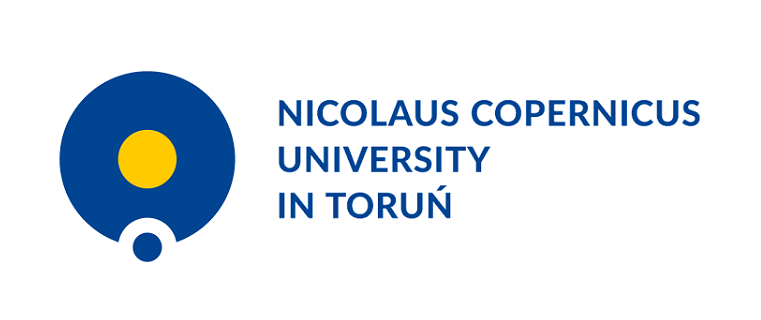 NCU News
NCU News






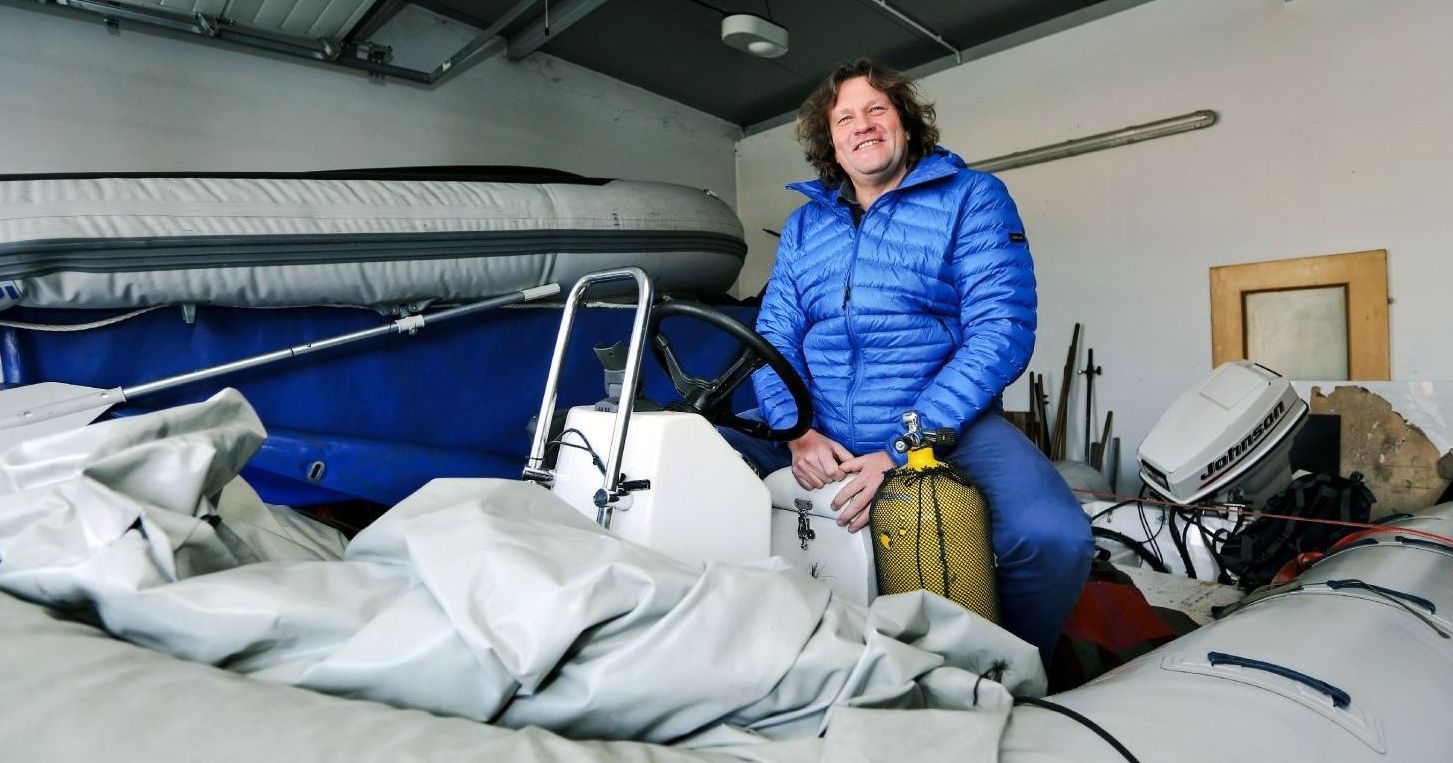 Humanities and arts
Humanities and arts


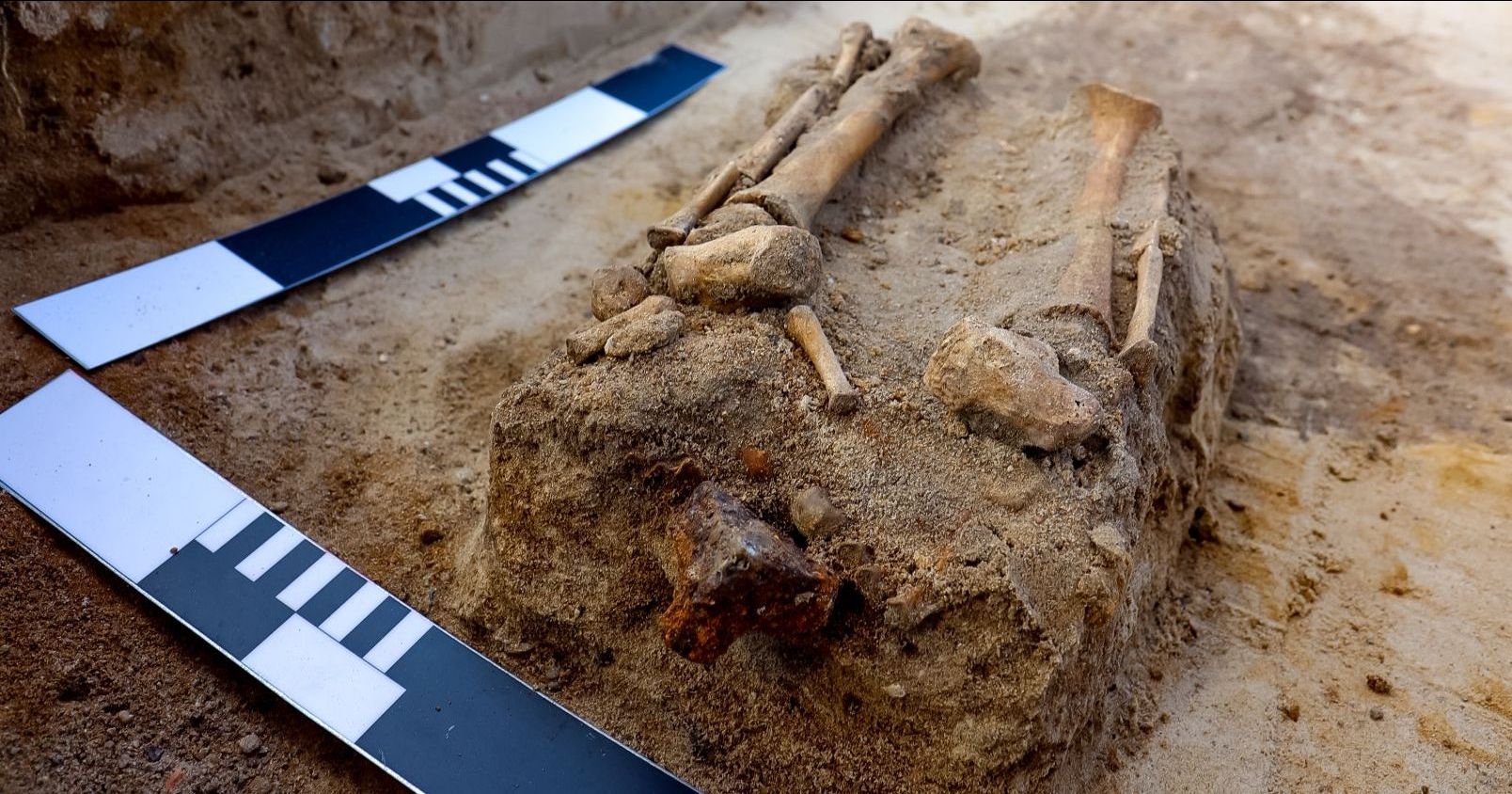 Humanities and arts
Humanities and arts